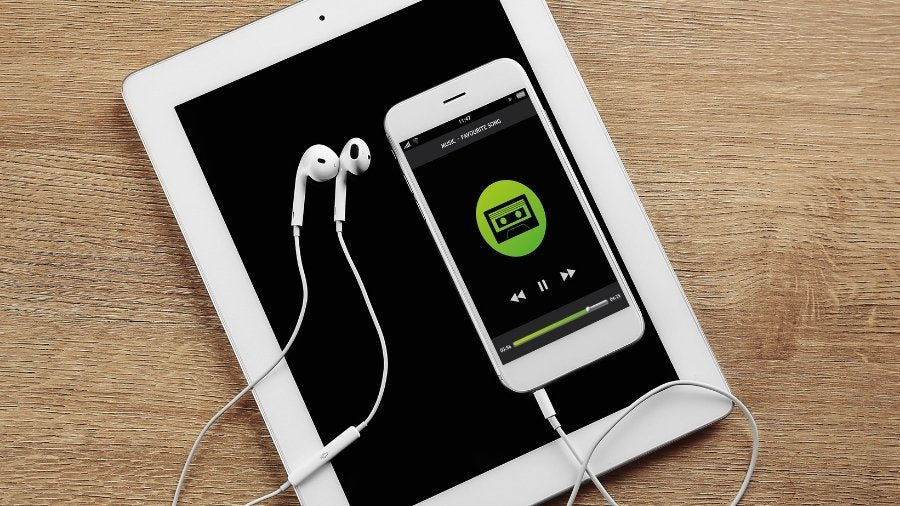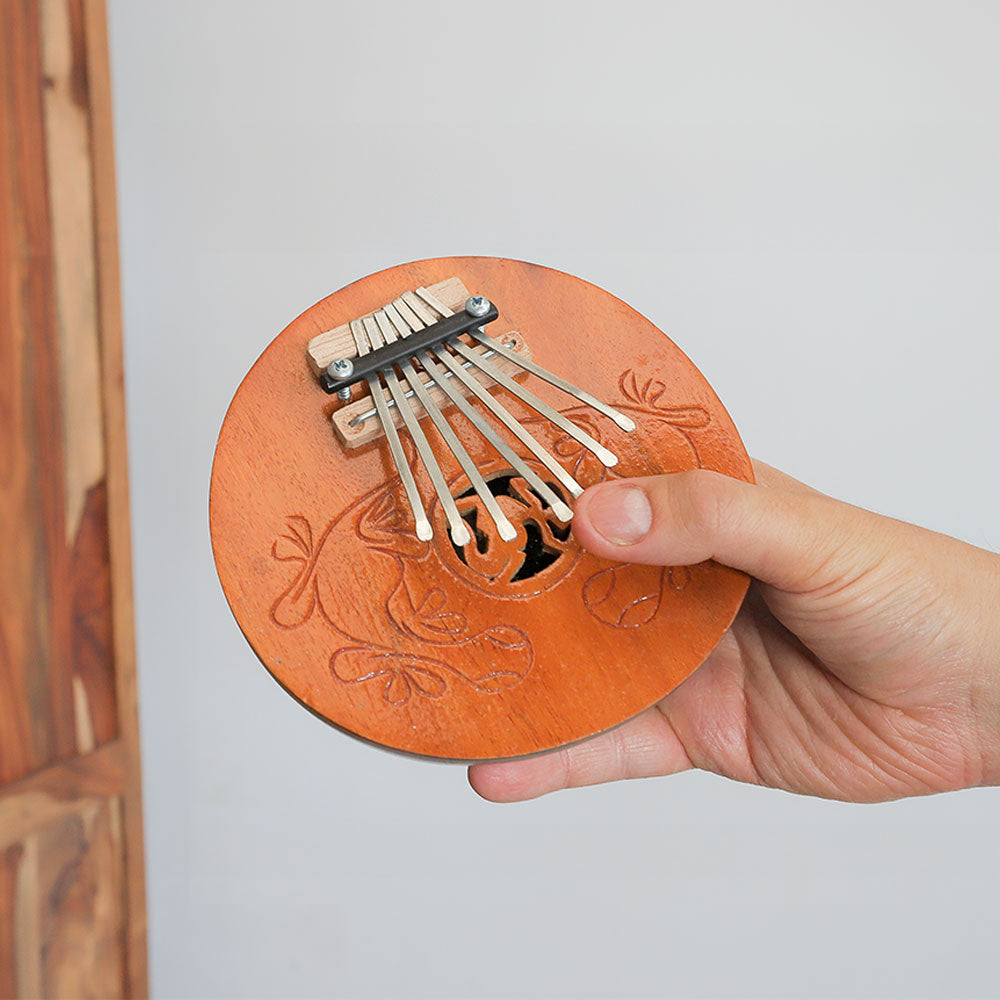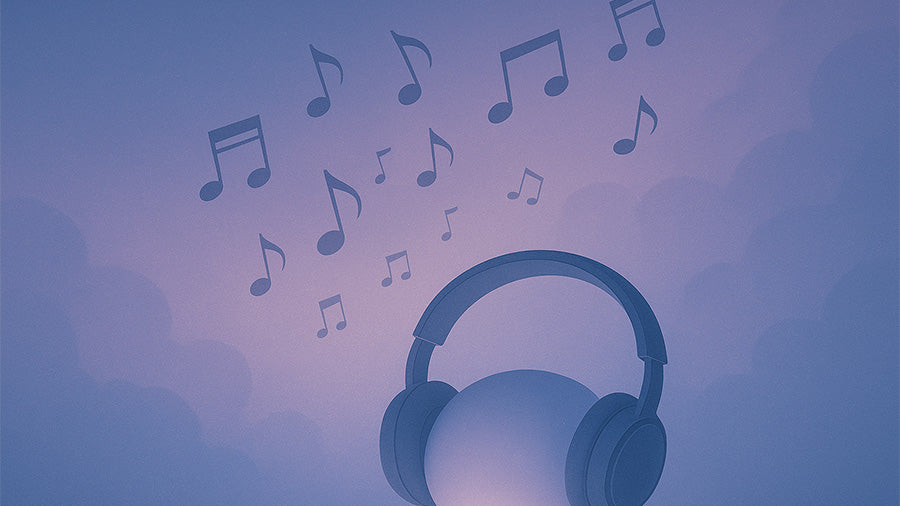Getting your music onto Spotify, Apple Music, and other platforms isn’t magic—it’s distribution. Music distribution bridges the gap between artists and audiences, ensuring your songs reach listeners everywhere while earning royalties for every stream, download, and use. Whether you’re an independent musician or running a label, understanding how distribution works is key to turning creativity into sustainable income.
A Short History of Music Distribution
Before streaming, distribution meant physical copies—vinyl, cassettes, CDs—handled by large record labels with warehouse networks and logistics partners. The internet changed everything. In the 2000s, digital distribution platforms began uploading music directly to online stores, bypassing physical manufacturing entirely. Today, any artist can distribute music globally with a laptop and a distributor account, reaching the same platforms once reserved for major labels.
The Modern Distribution Process
Modern music distribution relies on digital aggregators that upload your mastered tracks, artwork, and metadata to platforms like Spotify, Apple Music, and YouTube Music. Once approved, your release goes live globally within days. Most distributors provide dashboards to upload songs, track analytics, manage royalties, and control release timing.
Advanced options include YouTube Content ID for monetizing reused music and white-label APIs for labels managing multiple artists—all designed to simplify global music delivery and earnings.
Choosing the Right Distributor
Not all distributors offer the same benefits. Independent artists often choose services like DistroKid, TuneCore, CD Baby, or Amuse for affordable, straightforward access to streaming platforms, while labels lean toward FUGA, Symphonic Distribution, or Believe Music for deeper analytics and direct DSP partnerships.
When selecting a distributor, weigh pricing models, royalty splits, payout speed, and added services like playlist pitching or publishing. The best choice aligns with your goals—whether you want total independence or full-scale label support.
Global Distribution Network
Music is universal, and so is distribution. Global networks connect your work to streaming platforms in every region—Spotify in the USA and Europe, JioSaavn in India, Boomplay in Africa, and Melon in South Korea. Major distributors operate through regional partners, ensuring your music reaches local audiences in countries like Nigeria, Japan, Brazil, and the UK.
For independent artists, this global access levels the playing field. You can upload music from your bedroom in Nairobi or Mumbai and be heard the same day in London or Los Angeles.
Technology Behind Distribution
Modern music distribution runs on automation and data. APIs handle bulk uploads, metadata validation, and instant delivery to streaming platforms, while AI tools assist with mastering, tagging, and predicting trends.
YouTube’s Content ID protects and monetizes your work across videos, ensuring every play counts. Even visuals matter—accurate artwork and metadata keep releases professional, while vinyl and short-form video platforms expand reach. Technology now guarantees your music, in any format, finds its audience.
Royalties, Rights, and Earnings
When your music streams, sells, or appears in videos, it earns royalties—mechanical for downloads, performance for public plays, and streaming for digital platforms. Distributors collect and pay these earnings, usually monthly or quarterly. To protect your work and ensure full payment, register with a performing rights organization like PRS, BMI, or ASCAP, and use a distributor that supports YouTube Content ID and publishing admin.
Today’s digital networks give independent artists global reach and real-time data once exclusive to major labels. By choosing a reliable distributor and managing your rights wisely, you can turn creativity into consistent, worldwide income.






